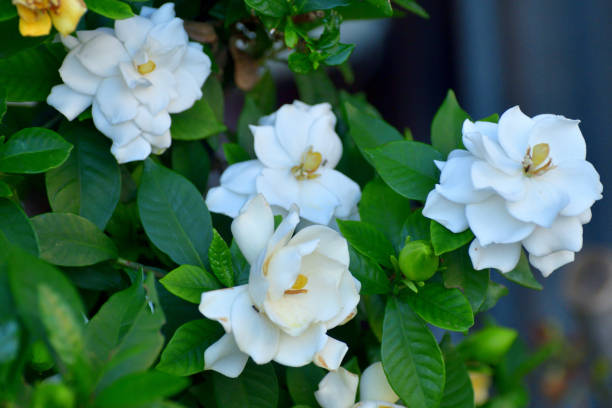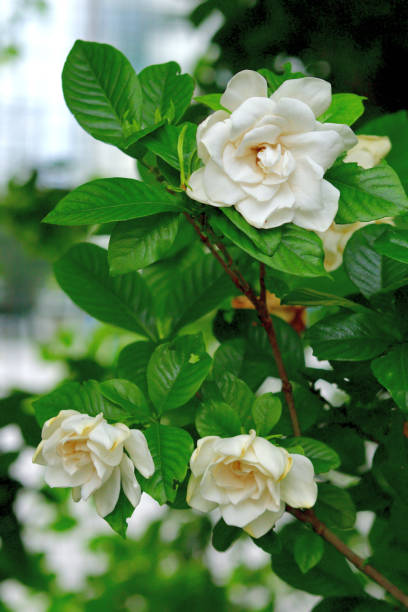Does Gardenia Attract Bees?
Flowers that produce nectar attract pollinators, including bees, wasps, butterflies, and moths. This is because different types of pollinators usually prefer certain types of flowers. For example, beekeepers often keep beehives near gardens to collect honey from the local flora. But how about Gardenia? Do bees also attract Gardenias? The answer is yes!
While not as brightly colored as some other flowers, Gardenia flowers may attract bees because they produce sweet nectar. Many types of flowers produce nectar, so any flower will likely attract some bees. Gardenia’s attraction to bees may be influenced by various elements that are not currently understood. Other plants such as Tulips, Azaleas, and Pansies also attract bees. But Gardenias have the advantage that they are perennial flowering shrubs rather than small-flowered perennials. That means beekeepers won’t need to add a second annual type of plant springing up every year after their original rose bushes or pansies fade away in summer. The Gardenia can be transferred indoors during hard frosts in winter.
Table of Contents
What Are the Other Pollinators of a Gardenia?

Moth
The moths use their antennae to smell the strong scent of Gardenia. Many moth species are active at night, so the Gardenia’s evening flower scents are a good way to get as many pollinators as possible to come and visit.
Hoverflies
Additionally, some species of Gardenia are pollinated by hoverflies. These flies use their large eyes to see the small pollen grains on the flowers and then transfer them to the pistil, where they fertilize the ovules.
Factors that Attract Pollinators

Scent
As the flowers release their scent, it floats through the air and send a message to pollinators. Even though gardenias bloom during the day, their scent tends to get stronger as the sun goes down.
Landing Space
Gardenias are known for their fragrant blooms, but they are also known for their thick, dark green leaves. In addition to providing a comfortable landing spot for potential moth pollinators, these leaves also allow the insects to settle comfortably in front of the blossom and consume nectar. The leaves are frequently four inches long and two inches wide. The abundance of space attracts more moths, which increases the likelihood of pollination, which is very important because a healthy gardenia plant develops several blossoms over the entire bush.
Color
Gardenias employ their bright white color to attract pollinators such as moths, who are attracted to the flowers’ multiple petals on a single blossom. Remain a desirable target for pollination in the fading evening light, and the white blooms reflect as much light as possible to maintain their brightness. At night, bright flower hues are completely ineffective.
Nectar
Ample nectar is present in conjunction with the white color. The rich flower aroma results from a constant supply of nectar for several moth visits. Insects must find their way to the heart of the blossom to obtain nectar sustenance from the blossom’s center. The Gardenia is successfully fertilized due to the physical contact that occurs between the flower and the caterpillar.
Timing
Typical honeybee pollinators take advantage of the warm morning and afternoon temperatures to pollinate brightly colored blooms. Gardenias may be excluded from the arrangement because their color cannot compete with the surrounding area’s brilliant purple and pink flowers. Gardenias rely on moth pollination during the spring and summer months to remedy this problem. This is a particularly good time for gardenias to pollinate because most moth pupae emerge as winged insects during this period. In fact, by deadheading or clipping away faded flowers from your gardenia shrub, you might promote more blossoms to appear on your bush. Even more so, as the number of blossoms on your shrub rises and the strength of the perfume becomes stronger, moths will become more interested in feasting on your gardenia plant.
